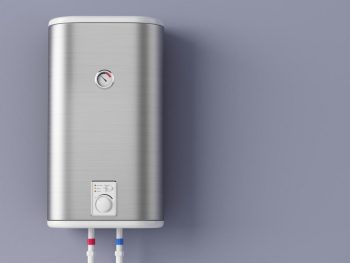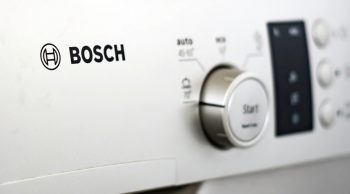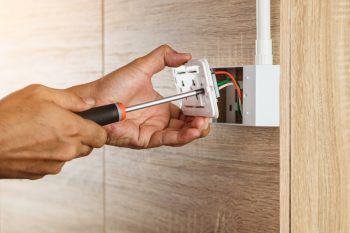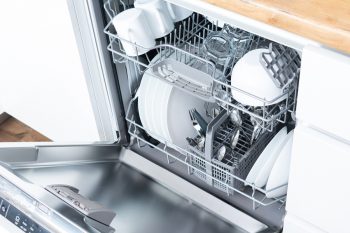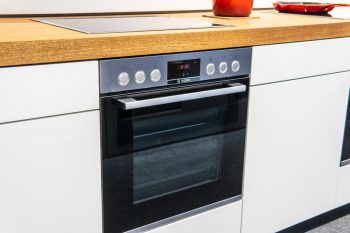
You find no power in your kitchen when you plug in your toaster. It can be a major pain when your circuit breaker keeps tripping.
If it happens too often, it’s important to find out what might be causing the current interruption.
Now, the only question is exactly how you can do that. Fortunately, you don’t need to be an electrician to isolate the problem.
Find out how to identify what’s tripping your circuit breaker with this short guide.
- Circuit breakers trip to prevent extensive damage and electrical fires.
- It’s important to identify which switch was tripped before you start.
- Check to see which of your appliances might cause the overload.
- If your electronics and appliances aren’t responsible for tripping your breaker, make sure to call in a professional.
Circuit breakers trip when they’re overloaded, when something short circuits, or when there’s a ground fault. You can often identify what’s causing these problems by inspecting your appliances and electronics and managing what you plug into your outlets.
How To Identify What’s Tripping Your Circuit Breaker
1. Check Your Circuit Breaker
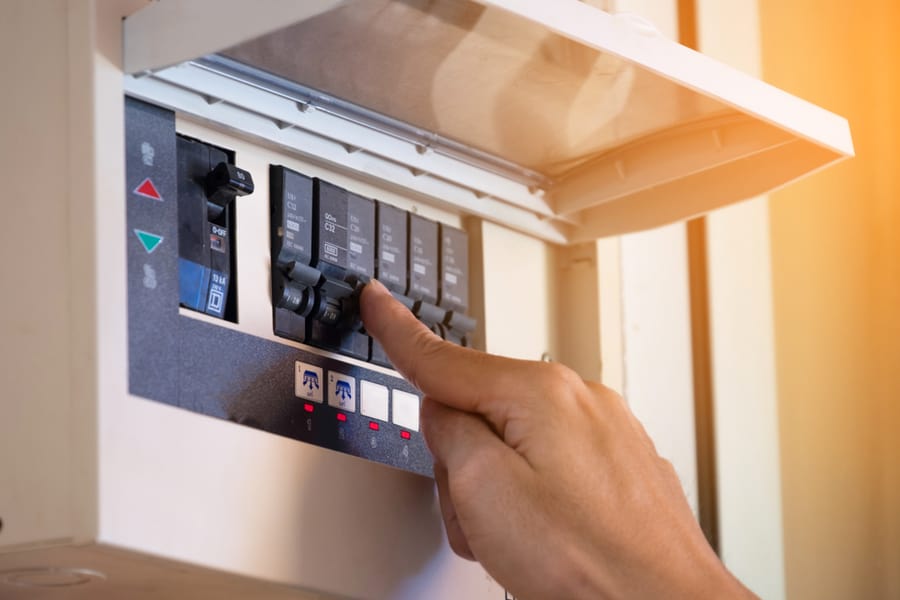
First of all, you’ll want to identify which switch was tripped. When a circuit breaker trips, it doesn’t necessarily flip the switch to the other side.
Instead, it will push the switch between the on and off extremes. Sometimes, the movement can be so faint that it’s tough to identify which switch tripped.
This can be a challenge if you don’t know which switch corresponds to the room that lost power. That’s why it’s important to study your circuit breaker and identify which rooms each switch corresponds to.
2. Turn It Off All the Way

Once you identify which switch was tripped, you can turn it off completely. Moving the switch to the middle position will turn off the circuit entirely.
Make sure there’s someone in the room you’re trying to troubleshoot. Ask them to turn on a light to confirm that you turned off the correct switch.
3. Unplug All Appliances and Electronics

You will want to unplug every appliance and electronic in the lost power room. Once that’s done, wait a few minutes before turning your circuit breaker back on.
You can test to see if you got the right switch again by asking a companion to flick on a light.
4. Test Each Appliance
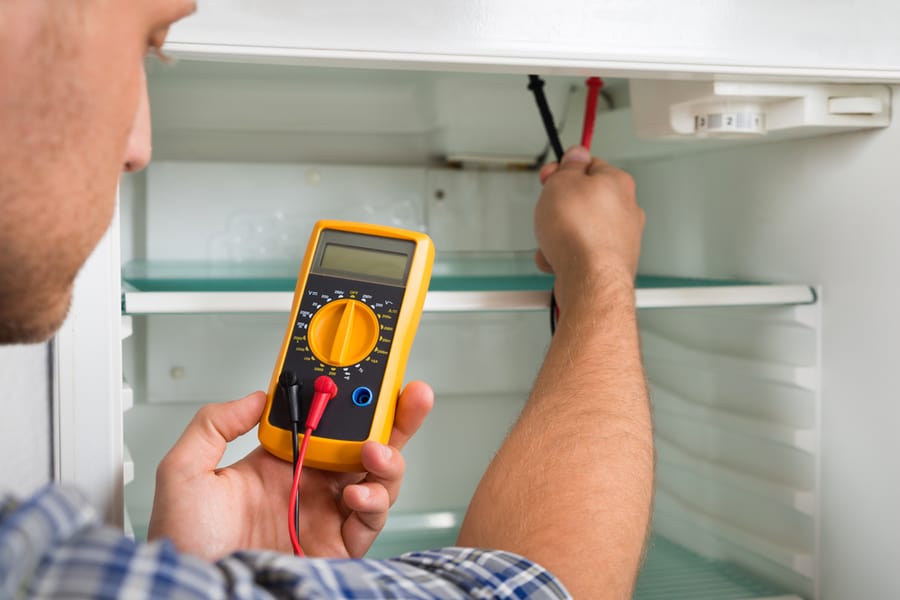
Although this can get tedious, it should help you isolate the potential problem. Test each appliance by plugging it in and running it for a few minutes.
If none of the appliances trip the circuit breaker on their own, it might be a combination of different appliances causing the problem.
Another way to do this would be to check the wattage of each appliance or electronic you use. According to experts, an outlet should not handle more than 1500 watts at a time.
You can usually find the wattage of your appliances by checking the packaging, the labels, or the internet.
5. Turn All of the Appliances on One by One
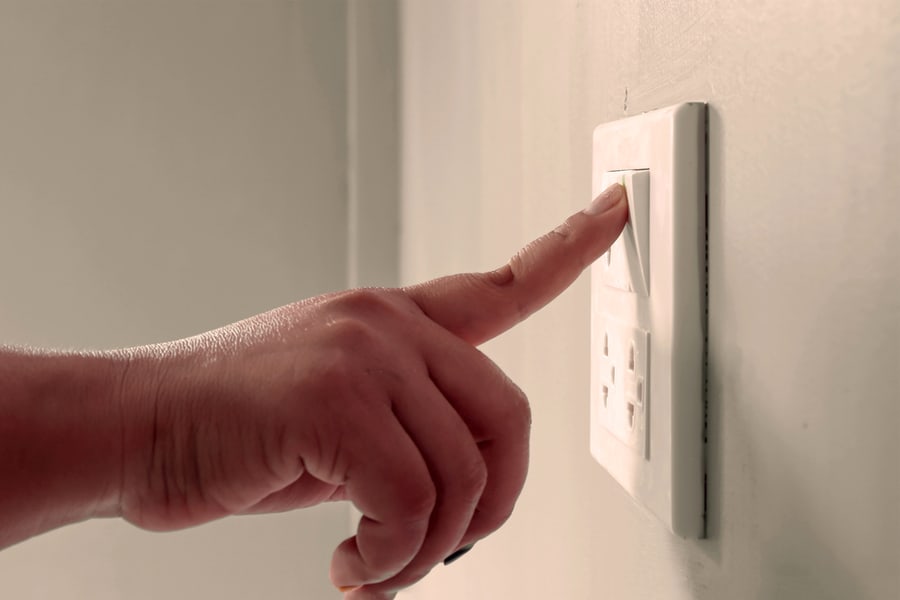
If none of the appliances tripped the circuit breaker by itself, it would have to be a combination of the appliances in the room. With your circuit breaker on and your appliances all plugged in, turn each one on one by one.
Let it run for a few minutes before turning on the next one. Make sure there’s someone on standby near your circuit breaker to identify if a switch is tripped.
If the circuit breaker is tripped as you turn on an appliance, you know that turning on all appliances once exceeds the wattage of the outlets in the room.
However, if you can run your electronics and appliances without any problems with your circuit breaker, there might be a different issue.
Make sure to contact an electrician to check your electrical wiring and components if your circuit breaker keeps tripping even when it isn’t overloaded.
Summary
You don’t have to be an electrician to perform a circuit overload test. You can identify if you’re exceeding your limit by checking your appliances, turning them on one by one, and seeing how your circuit breaker responds.
But if your room passes the test and still trips the circuit breaker, it’s high time you call a professional to inspect your wiring.
Frequently Asked Questions
How Do I Know Which Breaker Switch Corresponds to a Room?
If your circuit breaker doesn’t have labels, you must manually identify which room each switch supplies. To do this, you must turn off the switches one at a time to identify which room it corresponds to.
Keep in mind that in older houses, areas can share a switch. For instance, some homes have a switch that supplies the living room and half the kitchen.
How Can You Tell What Switch Is Tripped?
Some circuit breakers have switches that move slightly to indicate that it’s been tripped.
These older models can make it tough to identify the target switch, so you may have to closely inspect each one to see which one moved.
On the contrary, newer circuit breakers use a clear plastic or glass panel for each switch.
Here, you’ll see either a red or orange symbol to indicate that its corresponding switch was the one that was tripped.


